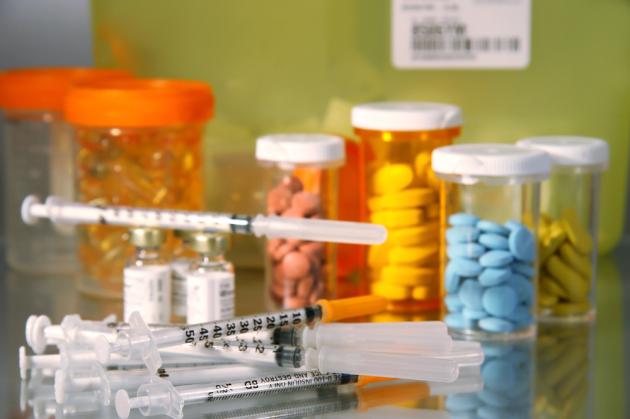Korea’s ratio of drug cost to overall medical expense ratio is higher than its OECD partner countries, which requires some remedial steps, a lawmaker said Tuesday.

The nation’s drug to medical expense ratio is at 20.65 percent, compared with the OECD average of 16.25 percent. Medical expense per person also showed an annual increase of 7.1 percent compared to the OECD average of 2.09 percent increase.
These are part of a report submitted by the Health Insurance Review & Assessment Service (HIRA) 건강보험심사평가원 to Rep. Yang Seung-jo 양승조 of the ruling Democratic Party of Korea for the parliament’s administrative audit.
One of the leading causes of a sharp increase in drug to medical expense ratio was the excessive amount of pills prescribed to patients, according to the report.
The number of average pills per prescription in Korea was 3.72 in 2016, which is significantly higher than 1.97 in U.S., 1.98 in Germany, 2.16 in Australia and 2.20 in Spain. To treat a cold, in particular, Korean doctors prescribed 4.38 pills on average compared to 1.61 in U.S., 1.71 in Germany, 1.33 in Australia and 1.78 in Spain.
The excessive amount of pills has raised drug expense from about 13.4 trillion won ($11.9 billion) in 2014 to 15.4 trillion won last year.
The government has launched an incentive program to reduce prescription and drug costs since 2014 by paying 69.3 billion as incentives, and saved 223.7 billion won.
“We need to make efforts to use an optimal dose of medicines to improve the health of the public and the finance of health insurance,” Yang said.

